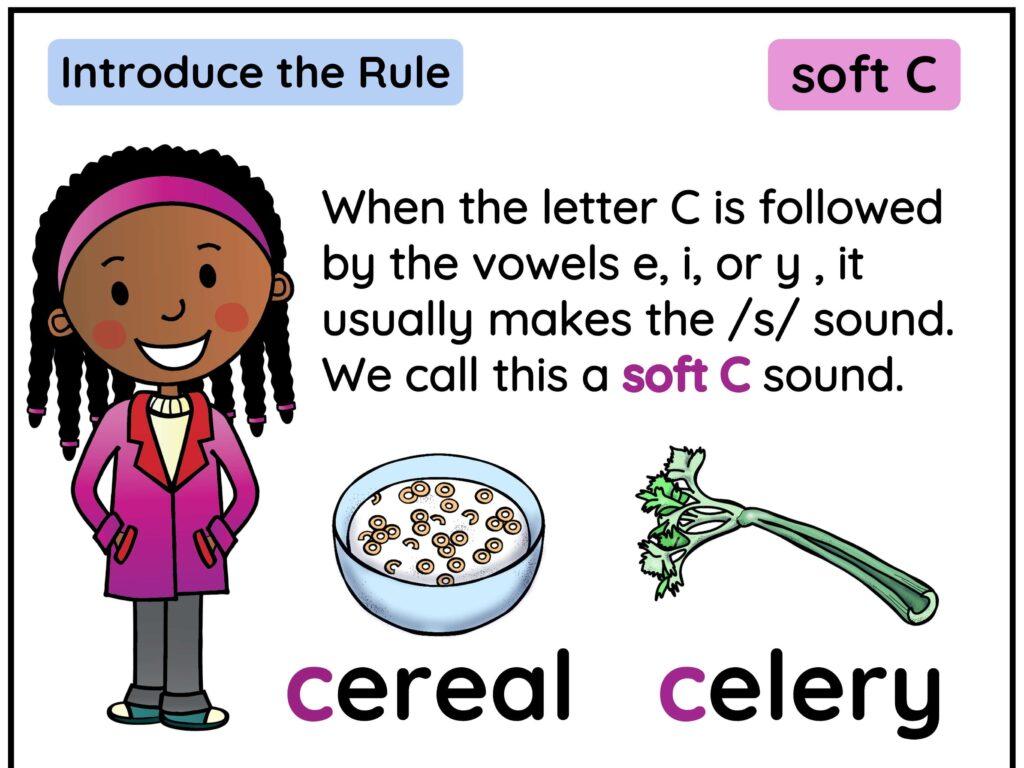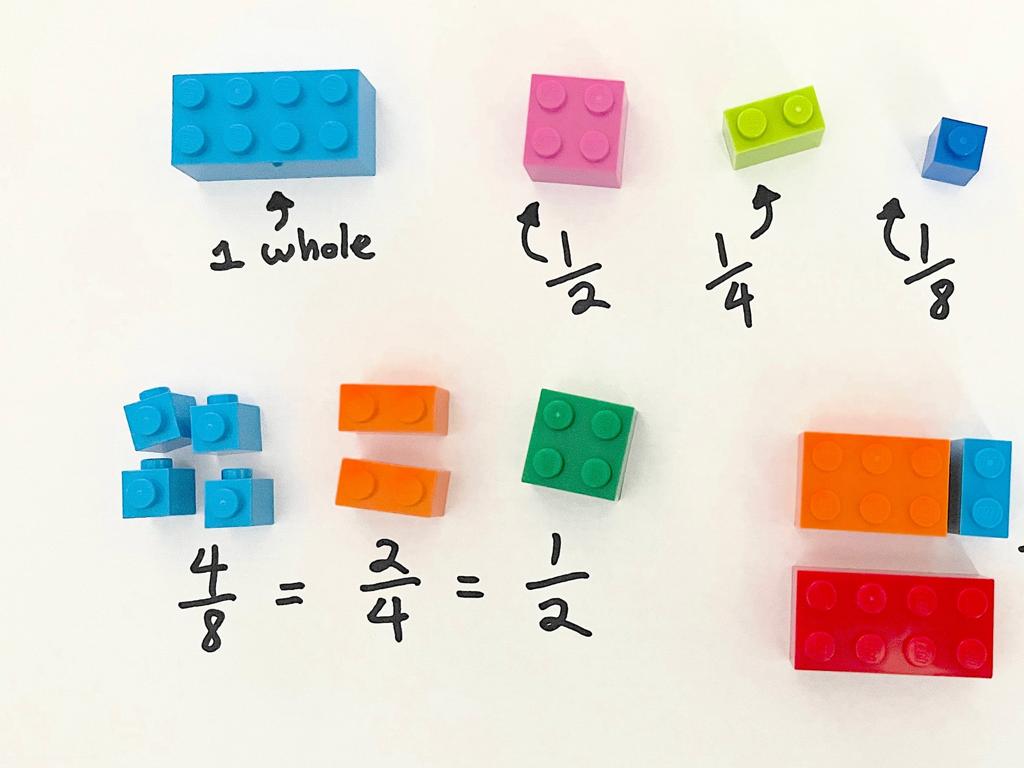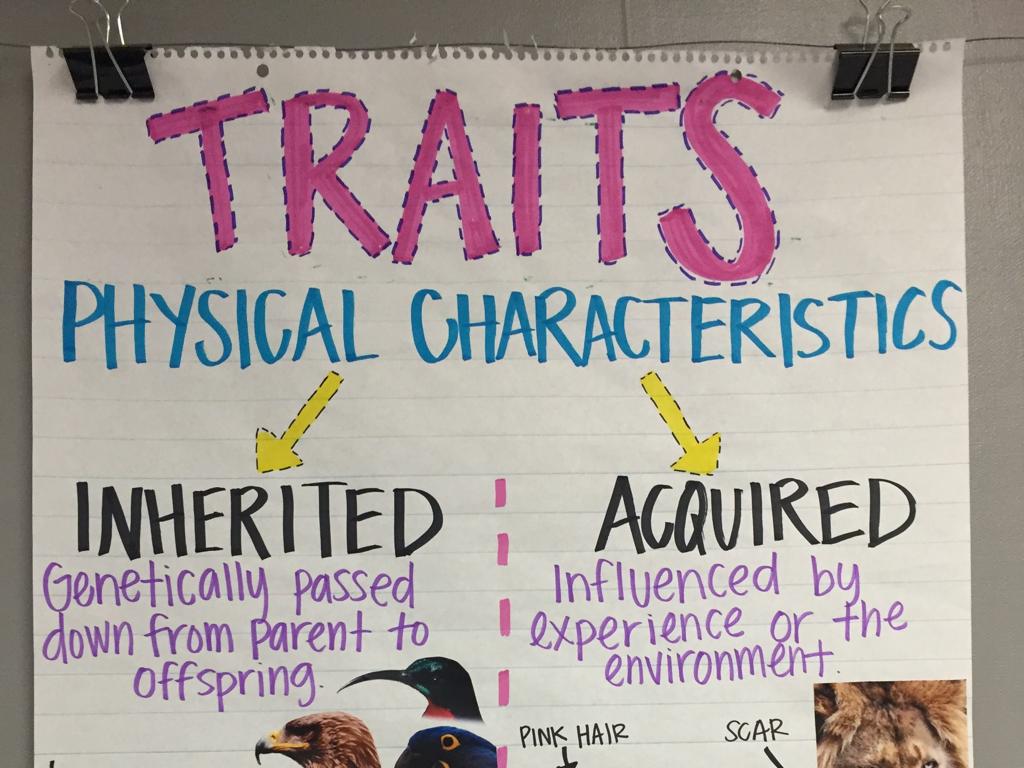Properties Of Division
Subject: Math
Grade: Fourth grade
Topic: Division
Please LOG IN to download the presentation. Access is available to registered users only.
View More Content
Exploring the Properties of Division
– Division in daily life
– How we use division when sharing snacks or organizing teams
– Quick review of division
– Division is sharing equally
– If you have 12 cookies and 4 friends, division tells you everyone gets 3 cookies
– Division as repeated subtraction
– Subtracting the same number repeatedly until you reach zero
|
This slide introduces the concept of division and its relevance to everyday situations. Begin by discussing how division is used in daily life, such as dividing up snacks among friends or organizing equal teams for a game. Review the basic definition of division as the process of splitting a number into equal parts. Emphasize that division is essentially sharing things equally and can also be thought of as repeated subtraction. For example, if you have a certain number of items and you keep taking away the same amount until you have none left, that’s division too. Use real-life scenarios and manipulatives to help students visualize the concept. Encourage students to think of their own examples of division in their lives.
Understanding Division
– Division breaks numbers into equal parts
– Example: Sharing apples among friends
– If we have 12 apples and 4 friends, how do we share?
– Each friend gets an equal share
– 12 apples divided by 4 friends equals 3 apples each
– Division is fair sharing
|
This slide introduces the concept of division to fourth-grade students by relating it to the idea of sharing equally among friends. It’s important to use tangible examples that children can visualize and relate to, such as dividing apples. Emphasize that division is a way to distribute things evenly and that it’s like the opposite of multiplication. Encourage students to think of division as ‘fair sharing’ to help them understand the concept. You can also use this opportunity to introduce the division symbol and terminology such as ‘dividend’, ‘divisor’, and ‘quotient’.
Exploring Properties of Division
– Division has unique properties
– Today’s focus: Distributive Property
– Distributive: a(b + c) = ab + ac
– Today’s focus: Associative Property
– Associative: (a ÷ b) ÷ c = a ÷ (b ÷ c)
– Today’s focus: Identity Property
– Identity: a ÷ 1 = a
|
This slide introduces the students to the fundamental properties of division that make solving division problems easier. The distributive property allows us to divide a sum by a number by dividing each addend and then adding the results. The associative property shows that when we group numbers differently, the outcome of the division remains the same. The identity property tells us that any number divided by one is the number itself. Use examples to illustrate each property. For instance, if you have 12 candies and 2 friends, you can give 6 to each (distributive), or if you have 12 candies divided among 2 friends and then shared with another friend (associative), each friend ends up with the same amount. Lastly, remind them that any number of candies divided by 1 means you keep all your candies (identity).
Understanding the Distributive Property
– Break up numbers to divide easily
– The Distributive Property allows us to divide a number into parts that are easier to work with.
– Example: 20 ÷ 4 as (16 ÷ 4) + (4 ÷ 4)
– Instead of dividing 20 by 4, we divide 16 by 4 and 4 by 4 separately, then add the results.
– Solve division problems in steps
– This method can make large division problems simpler by tackling them piece by piece.
|
The Distributive Property is a useful tool for simplifying division problems, especially when dealing with larger numbers. It allows students to break down a division problem into smaller, more manageable parts. For example, dividing 20 by 4 can be intimidating, but if we think of 20 as 16 + 4, we can divide each part by 4 separately (16 ÷ 4 = 4 and 4 ÷ 4 = 1) and then add the quotients (4 + 1 = 5). This slide aims to introduce the concept and show how it can be applied to division. Encourage students to practice this property with different numbers and to share their strategies with the class.
Exploring the Associative Property
– Understanding the Associative Property
– It’s about how numbers are grouped in division
– Grouping doesn’t change the outcome
– No matter how we group the numbers, the answer is the same
– Example: (8 ÷ 2) ÷ 2 equals 8 ÷ (2 ÷ 2)
– Both ways give us the same answer: 2
|
The Associative Property in division shows that changing the grouping of the numbers we are dividing does not change the result. It’s important to note that this property applies to addition and multiplication, but division and subtraction can be more complex. Use the example (8 ÷ 2) ÷ 2 = 8 ÷ (2 ÷ 2) to illustrate this property. Have students practice with different numbers to reinforce the concept that the way we group numbers in division does not affect the final answer. Encourage them to think of other examples and explain their reasoning.
Identity Property of Division
– Any number divided by 1 equals itself
– It’s like having one whole pizza to yourself!
– Dividing by 1 keeps the number same
– Think of it as one whole piece, unchanged
– Example: 15 ÷ 1 = 15
– See, the number 15 didn’t change at all!
|
The Identity Property of Division is a fundamental concept that helps students understand division better. It states that when you divide any number by 1, the result is the number itself. This is because dividing by 1 means you are dividing something into one equal part, which is the whole item itself. Use everyday examples like sharing a pizza to illustrate this property. The example given, 15 ÷ 1 = 15, is a simple arithmetic expression that demonstrates this property clearly. Encourage students to try more examples in class to reinforce the concept.
Let’s Practice Division Properties!
– Group board examples
– Identify the division property
– Is it distributive, associative, or another property?
– Discuss our problem-solving
– Share thoughts on the steps we take
– Learn from each example
– Understand mistakes to improve
|
This slide is designed for an interactive class activity where students will engage with division properties through hands-on practice. The teacher will guide the class through several examples on the board, encouraging students to actively participate by identifying which property of division is being used. Students should be prompted to think critically about the steps they take to solve each problem and to discuss their reasoning with the class. This collaborative approach not only reinforces the properties of division but also fosters a supportive learning environment where students can learn from each other’s perspectives and mistakes.
Class Activity: Division Detectives
– Form Division Detective groups
– Solve division problems together
– Identify each problem’s property
– Look for patterns like distributing evenly or dividing by 1
– Present your findings to the class
|
In this engaging class activity, students will work in small groups to solve division problems and determine which property of division applies to each problem. The properties to look for include the Division Property of Equality, the Division Property of Zero, and the Division Property of One. Provide a variety of problems for the groups to solve, ensuring a mix of difficulty levels. As ‘Division Detectives,’ students will discuss their reasoning with peers, fostering collaborative learning and critical thinking. After solving the problems, each group will present their solutions and the identified properties to the class, allowing for peer learning. Encourage the groups to explain how they identified the properties to reinforce their understanding. Possible activities for different groups could include dividing objects into equal groups, solving word problems, and creating their own division problems for others to solve.
Wrapping Up: Division Properties
– Congrats, Division Detectives!
– Review today’s division properties
– Commutative, Associative, Identity, and Distributive
– Homework: Division worksheet
– Complete the provided worksheet to reinforce today’s lesson
– Practice makes perfect!
|
Well done on today’s lesson, Division Detectives! As a conclusion, remind the students of the properties of division they’ve learned: Commutative, Associative, Identity, and Distributive. For homework, they should complete the worksheet that focuses on these properties to reinforce their understanding. Encourage them to practice these concepts as it will help solidify their skills in division. The worksheet should be designed to cater to various difficulty levels, ensuring that all students can participate and learn effectively.





